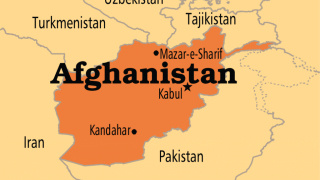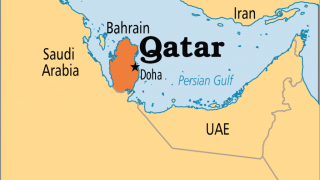See also
17.11.2016
Japanese Prime Minister Shinzo Abe will be the first world leader to meet with Donald Trump. Earlier the US President-elect only met with British...
20.11.2024
The United States supplies virtually all of the weapons and ammunition as well as satellite intelligence to guide the bombers and the gunmen, and...
27.10.2016
US-South Korean exercises have begun at Kunsan Air Force Base in Gunsan, South Korea. The plan of these war games involves surgical-preventative...
03.02.2014
Luis Felipe Moyano (1946-1996), better known as Nimrod de Rosario, was an Argentinian writer who deeply and extensively studied comparative religions...
14.11.2016
Telephone lines of American psychological assistance services (aimed to prevent suicides) have recorded a record number of calls of LGBT and perverts...
28.11.2016
The meeting of the European Council on international events scheduled for November 28th will be held in Madrid.
22.08.2022
The Kurds are an Indo-European people who, from a certain point in time, began to play an important role in the area encompassing eastern Anatolia...
30.03.2013
- Could you describe in a few key words the essence and goals of your movement? Does it place itself in an existing sociopolitical-historical trend...
27.01.2017
A trace of the coup and historical grievances.
14.04.2017
We all know that the US wants to keep Afghanistan as the vassal country to encircle Russia and China and as it has already spoiled peace process...
Russian Ground Forces Commander General Oleg Salyukov stated that Moscow plans to form the divisions in the western and central regions of the...
18.04.2017
Qatar is a sovereign country situated at the northeastern coastal Arabian Peninsula, sharing only land border with Saudi Arabia to its south. Despite...














